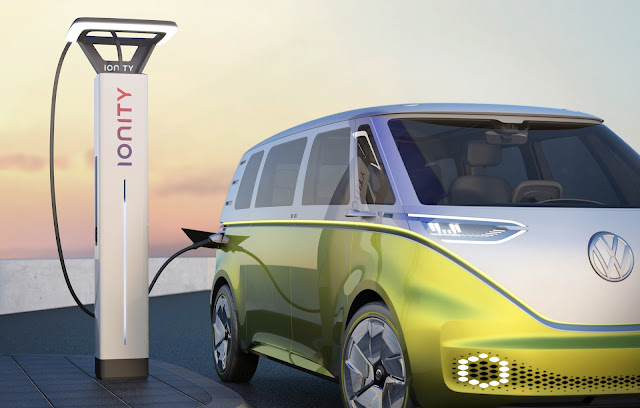Three nuclear-fired power plants will be taken off the grid in Germany on Friday as part of the country's plan to end atomic power.
"The nuclear phaseout makes our country safer and helps to avoid radioactive waste," said Federal Environment and Nuclear Safety Minister Steffi Lemke."It is now essential to ... advance the search for a final repository for high-level radioactive waste as well as permanent solutions for low- and medium-level radioactive waste," the environment ministry said.
Former German Chancellor Angela Merkel speeded up the phaseout following the 2011 Fukushima accident in Japan.
Friday's shutdown affects power plants in Brokdorf in Schleswig-Holstein, Grohnde in Lower Saxony and Gundremmingen C in Bavaria.
Germany's remaining three nuclear plants — Emsland in Lower Saxony, Isar 2 in Bavaria and Neckarwestheim 2 in Baden-Württemberg — will be closed by the end of 2022 "at the latest," the environment ministry said.
"Since 2011, Germany has been drawing a line under a highly problematic technology in an orderly, reliable process," Lemke said.
Nuclear accounts for about 10 percent of Germany's electricity production. The shutdown has sparked criticism as Germany will have to dramatically ramp up renewable energy and has also increased its reliance on highly polluting coal-fired power.
"Security of supply in Germany continues to be guaranteed," said Robert Habeck, federal climate and economy minister. He added that reliable and "sustainably generated electricity" is a "central requirement for aligning our economy and industry toward climate neutrality." Politico - link - Louise Guillot - link - more like this - link


























